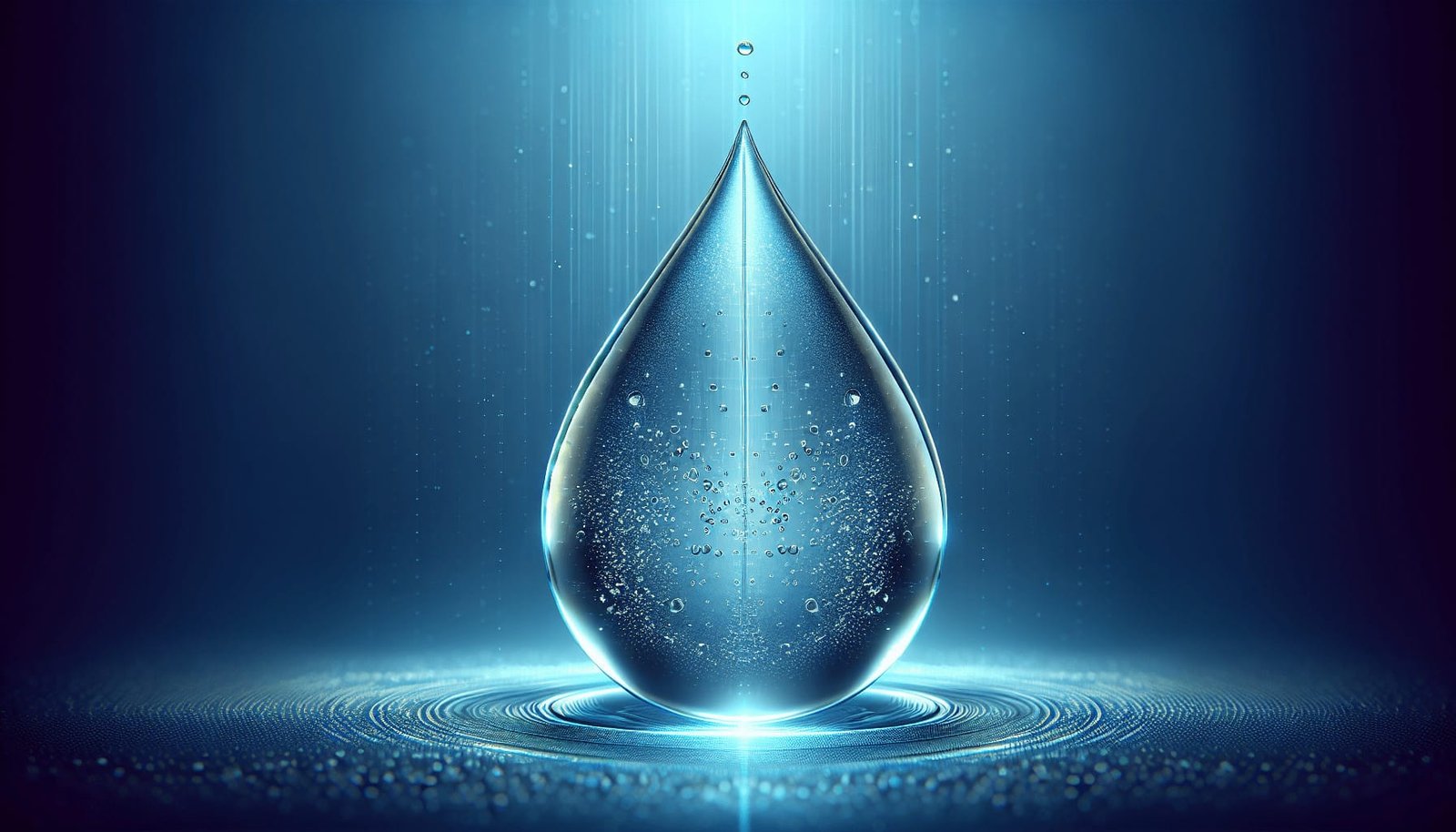Have you ever wondered about the quality of the water in your well? For those who rely on well water as their primary source of drinking and household use, understanding water quality is crucial not only for health and safety but also for the overall well-being of your property and lifestyle.
Understanding Well Water Quality
When it comes to well water, quality is determined by a variety of factors. These can range from the natural characteristics of the surrounding environment to the influence of human activity in the area. The state of your well water can change over time due to environmental shifts, pollution, or aging well equipment. It’s vital for you to regularly assess your well water quality to ensure it’s safe and suitable for use.
Why Is Water Quality Important?
The importance of good water quality cannot be overstated. Contaminated water can potentially lead to health problems, damage to plumbing systems, and undesirable taste or odor. Therefore, ensuring your water is of high quality can save you from potential costly repairs and health issues.
How to Assess Water Quality in a Well
Your water quality can be assessed through a range of indicators. Conducting regular tests not only keeps you informed but can also give you peace of mind. Here are some of the top indicators that could influence your well water:
Physical Indicators of Well Water Quality
Physical indicators are typically the easiest for you to detect. These elements are directly observable and don’t require specialized equipment to notice.
Turbidity
Turbidity refers to the clarity of the water. If your well water looks cloudy or murky, it might be caused by suspended solids or microorganisms. High turbidity can interfere with disinfection treatments and may harbor harmful pathogens. Regular monitoring can help you identify changes quickly.
Color
While pure water should be colorless, your well water can take on a tint due to various reasons such as iron, manganese, or organic matter. A consistent or sudden change in color might indicate contamination or an increase in mineral content.
Odor
Your nose is a powerful tool in assessing water quality. Well water should ideally be odorless. A noticeable smell, whether it’s sulfurous, musty, or chlorinated, can be a sign of chemical or biological contaminants.
Taste
Water should have a neutral taste. If your well water has an odd taste, it could signal the presence of dissolved minerals or contaminants. Taste alone isn’t a reliable indicator of safety, but changes shouldn’t be ignored.

Chemical Indicators of Well Water Quality
Chemical tests are more precise and can reveal a range of potential issues.
pH Levels
The pH level indicates how acidic or alkaline your well water is. The ideal pH for drinking water is between 6.5 and 8.5. Imbalances can lead to corrosion of pipes or undesirable chemical reactions.
Hardness
Hard water contains high levels of calcium and magnesium. While not harmful to health, it can cause scaling in pipes and affect the efficiency of soaps and detergents.
Iron and Manganese
High concentrations of iron and manganese can stain laundry and fixtures. They also affect taste and can promote the growth of certain bacteria which thrive in iron-rich water.
Nitrate/Nitrite Levels
High nitrate levels can pose a significant health risk, especially for infants and pregnant women. Agricultural runoff is a common source, making it essential to monitor these levels if you live near farms.
Heavy Metals
Metals like lead and arsenic, even in low concentrations, can be toxic. These can leach into well water from industrial pollution or natural deposits.

Biological Indicators of Well Water Quality
Biological testing involves checking for viable microorganisms which can be harmful if present in your well water.
Coliform Bacteria
The presence of coliform bacteria signals potential contamination by harmful microorganisms. Regular testing is vital as these bacteria are indicators of the potential presence of pathogens.
E. coli
A subset of coliform bacteria, E. coli specifically indicates fecal contamination, which poses severe health risks. Immediate action is needed if detected.
Viruses and Parasites
Although less common, viruses and parasites can also contaminate well water. They often require more specialized testing and treatment methods if found.

Continuous Monitoring and Maintenance
Ensuring the ongoing safety and quality of your well water involves regular maintenance and testing.
Regular Testing
Annual or biannual testing of your well water by a professional can catch issues early, ensuring that any necessary treatments are prompt and effective.
Well Maintenance
Routine inspections of your well equipment can help prevent potential sources of contamination such as cracked casings or surface runoff.
Use of Water Filters and Treatment Systems
Depending on the results from your tests, you might consider using water treatment solutions. Filters, softeners, and purifiers can significantly enhance water quality and safety.
Protection from Surface Contaminants
Keep the area around the well free from potential contamination sources such as chemical spills, livestock waste, or fertilizers. Ensuring proper well-capping and sealing can also protect against contamination.

Expert Consultation and Advice
If you’re unsure about any aspect of your well water quality, getting in touch with water quality professionals can provide you with guidance tailored to your specific needs and concerns.
Working with Water Testing Laboratories
Professionals from water testing labs can provide detailed analysis and recommendations based on the specific conditions affecting your well water.
Consulting with Local Health Departments
Local health departments can offer resources and advice on maintaining safe well water, including providing a list of accredited testing services and proposed safety standards.
Implementing Recommended Solutions
After understanding the analysis, implementing recommended solutions such as installing filtration systems or conducting remedial actions can ensure long-term water quality improvement.

Conclusion
Understanding and managing your well water quality is not just about safety; it’s about ensuring the health and comfort of your household. By monitoring physical, chemical, and biological indicators, and by seeking professional advice when needed, you can maintain high water quality standards. Remember, diligent management of your well water system’s health not only protects you and your family’s wellbeing but also preserves the environment linked to your water source. So, take that step today to secure the safe and clean water you deserve.
